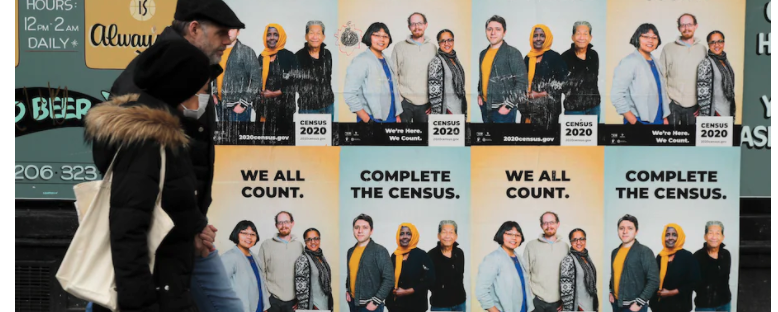U.S. census racial categories have shifted over centuries. How will the jump in multiracials affect politics?
It’s been a long road from “three-fifths” to “mulatto” to “multiracial”
Danielle Casarez Lemi & Sara Sadhwani
September 23, 2021
The census’s racial categories have shifted dramatically over the past two centuries
Many observers, including scholars Margo Anderson and Stephen E. Fienberg, have noted that in the United States, counting people has never been race-neutral. The U.S. census was created in 1790 to determine taxation; following the constitution, it counted enslaved Black people as three-fifths of a person.
Since then, the census’s racial categories have shifted as the United States’ demographics and politics have changed. Historically, the U.S. government subscribed to the false idea that race can be measured by fractions of a person’s ancestry; Black Americans, in particular, were legally subjected to this fiction. Until 1960, a census enumerator determined Americans’ race according to instructions for different racial categories on each census; from 1960 onward, most people identified their race in census forms mailed to them.

